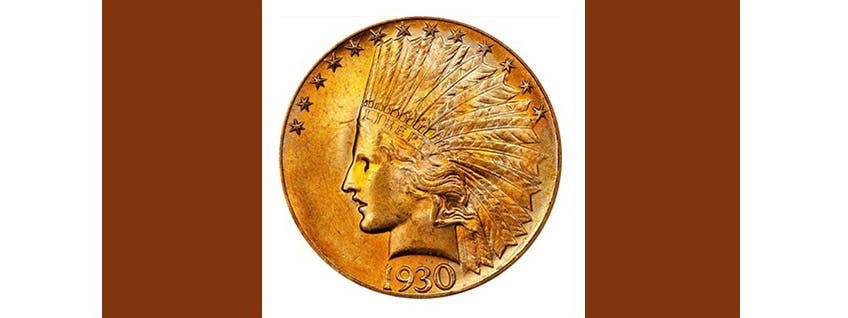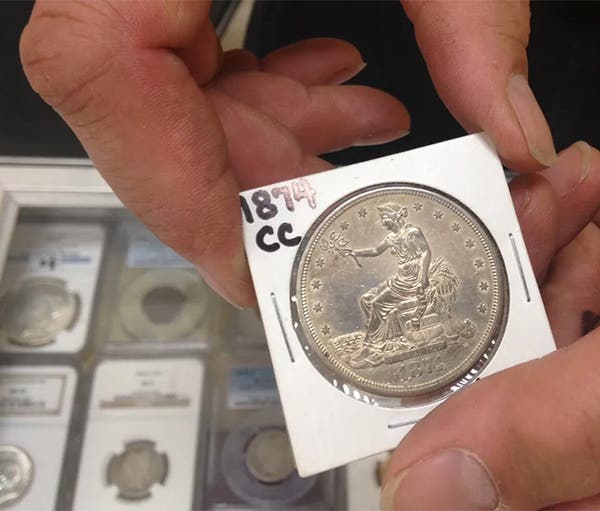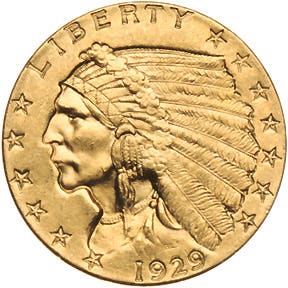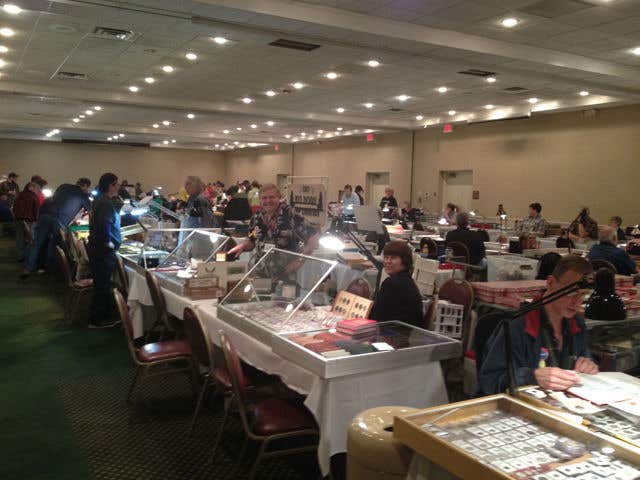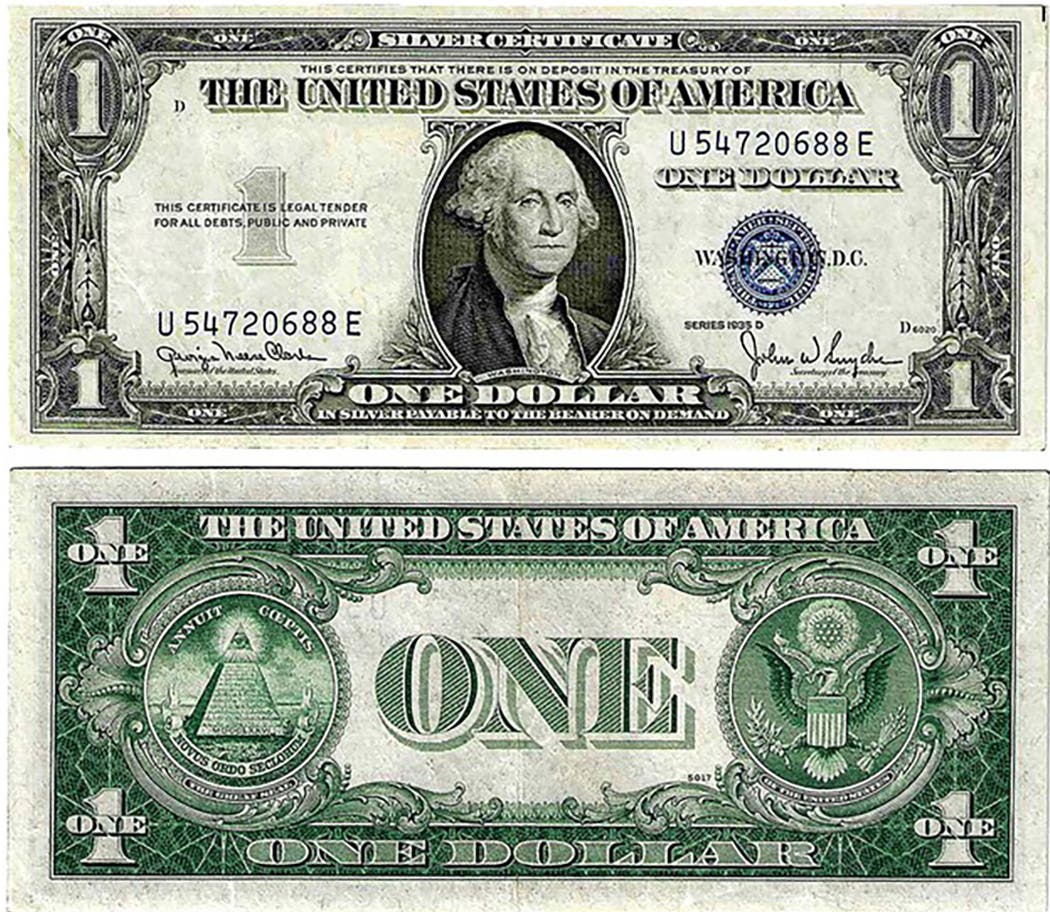Review of Beth Deisher’s Cash in Your Coins
by Mike Thorne Ph.D. Do you ever think about what will happen to your coin collection when you’re no longer around? If you’re in good health and are relatively young,…
by Mike Thorne Ph.D.
Do you ever think about what will happen to your coin collection when you’re no longer around? If you’re in good health and are relatively young, then you probably don’t devote much time to this topic. However, if you’re older and/or have health problems, the issue may crop up frequently.
If you have a family member with an interest in coins, then you’re home-free. On the other hand, if you’re like most of us, you’re surrounded by people who know little and could care less about numismatics. What should you do in this case? When should you do it?
If you’ve lost interest in your collection, then I suggest that you convert the collection to cash. Trust me, your heirs will appreciate the money more than they would appreciate a coin collection/accumulation.
In this column, I’m going to review a new edition of Beth Deisher’s Cash in Your Coins. The book states on its cover, “The book that belongs in every collector’s safe deposit box.” I would add that it should be wherever you keep your collection, whether in a safe deposit box, a home safe, or hidden somewhere in your house.
Beth Deisher was the long-time editor of Coin World and the primary author of Making the Grade: A Comprehensive Grading Guide to U.S. Coins. Sheis also a Fellow of the American Numismatic Society and has memberships in numerous numismatic associations. It’s not surprising that she has received many awards for her work within the numismatic community. Suffice to say, her knowledge of everything connected to the hobby amply qualifies her to write a book such as Cash in Your Coins.
Deisher’s third edition is devoted to educating a person who knows nothing about coins but has inherited a collection/accumulation. The book begins with the question, “How much do you want for your coins?”
This is the question that many coin dealers will ask if you appear at their table/shop with coins you have inherited. If you know nothing about coins, you’re likely to answer: “I don’t have any idea what they’re worth? What will you offer for them?”
To the unscrupulous dealer, and unfortunately, there are some out there, this will be his lucky day. He knows he can purchase your coins for much less than they’re worth. In other words, before you approach someone about selling your coins, you need to have a good idea of their value. Additionally, you need to learn enough of the coin world’s lingo so that you won’t give the appearance of being a complete novice.
Deisher identifies different types of collectors, beginning with accumulators, people who have saved all manner of coins that have come their way, including some that are worth only face value. I call these coins “spenders.” She also talks about casual collectors and advanced collectors. Advanced collectors are more likely than accumulators or casual collectors to have an inventory of their collection. From my experience, no matter what kind of collector you are, you need an inventory.
About midway through the first chapter, Deisher presents the following admonition: “NEVER clean a coin!” Not only is the first word in all caps, but the printing is also boldfaced. This is good advice not only for the heir to a collection but also to most collectors. If you’re tempted to clean some old coins to improve their value, just remember that you’re much more likely to lower their value than to increase it.
Deisher also talks about coin storage methods, some of which are decidedly better than others, and ends with the mention of professionally encased “slabbed” coins.
In her introductory material, Deisher discusses preparation to look at the coins and identifying them. Of course, most heirs are interested in what the coins are worth, so she mentions and pictures the latest edition ofA Guide Book of United States Coins, aka the Red Book. You can’t really use the Red Book without knowing the condition (grade) of your coins so Deisher also lists some grading guides.
Chapter 5, “Identifying Coins by Design Type,” is particularly relevant for someone with little experience with U.S. coins. It starts with the earliest coins in each denomination (e.g., the Liberty Cap large cent) and continues on through the most recent coins (i.e. Lincoln cents.) Representative coins for each design type are pictured and briefly discussed.
Chapter 9: “Creating an Inventory” is a topic that I would have probably put much earlier in the book. Interestingly, the inventory methods Deisher discusses appear to be homemade, even if you’re using a computer to record your collection. There are excellent coin inventory programs that you can buy and some that are available for free. The one I’ve used for years is freely available from Heritage.com. All you have to do is to register with Heritage.
In later chapters, Deisher discusses determining the value of your coins and getting an appraisal of your coins.Chapter 13: “Talking the Talk” is devoted to “coin lingo.” There’s even a multi-page glossary of useful terms.
Chapter 14: “Finding a Buyer” contains a great deal of useful information. However, it mentions Teletrade and, unfortunately, Teletrade no longer exists.
The third edition of Cash in Your Coins should prove to be every bit as useful as its predecessors, and I believe it should be included with your collection. Published by Whitman (Whitman.com) with a list price of $14.95, I highly recommend it. You can find it on Amazon.com or from the publisher.
As an Amazon Associate, Numismaticnews.net earns from qualifying purchases made through affiliate links.


